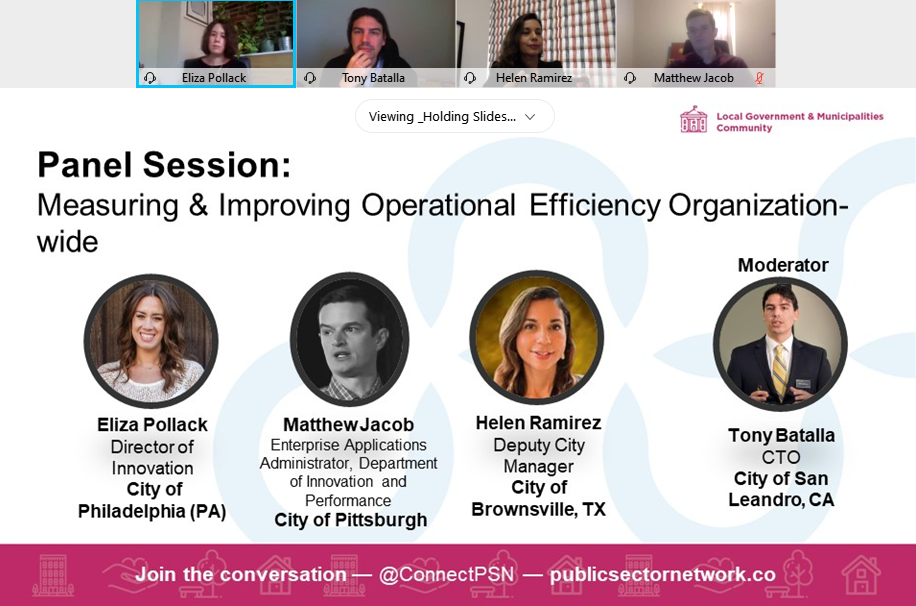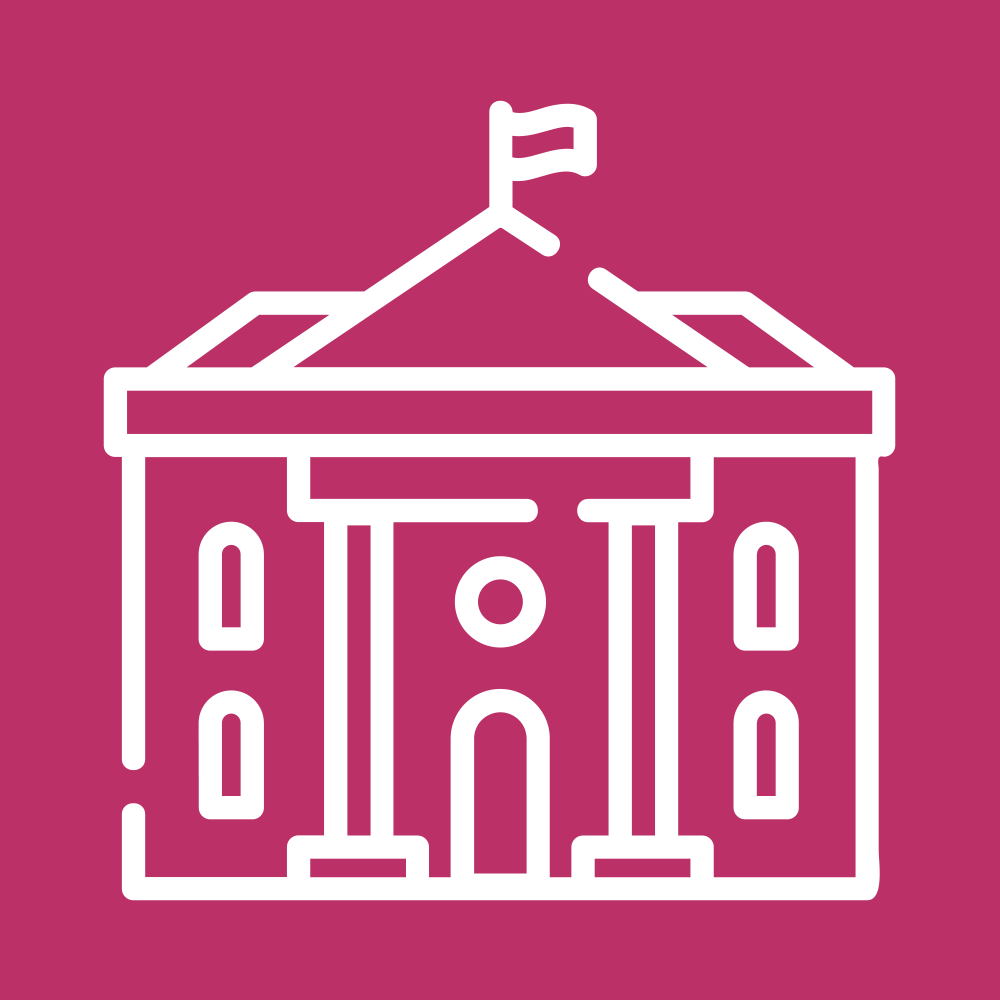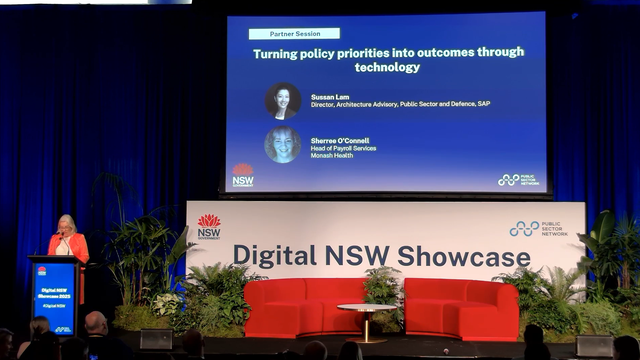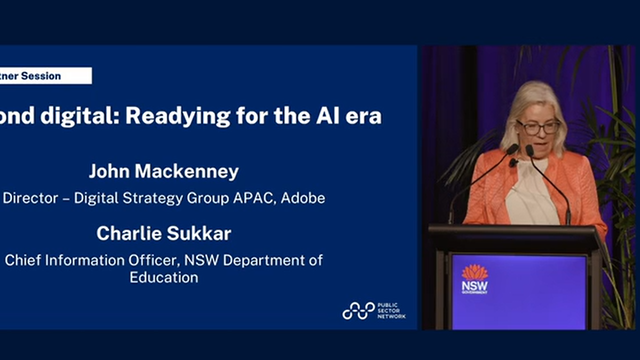Ahead of our upcoming Digital Transformation for Local Government virtual event this April, PSN chairman & CTO of San Leandro, Tony Batalla, took some time to reflect on the key take-aways from our last local gov. event in January.
Author's Note:
I recently had the good fortune and pleasure of serving as the Chair of Public Sector Network’s “Improving Operational Efficiency in Local Government” virtual event on January 27, 2021. Even though Alex Chard said he was looking for a charismatic innovation leader for the role, he settled on me after I told him I didn’t know one. Hey, I’ll take it!

The event was well attended and nicely put together, as you would expect from PSN (aside from having me as the chair, which was risky). But despite my cable TV gameshow-like hosting, we covered important ground. Leaders from across the United States shared their experiences driving innovation and change in their community. Here's what they had to say:

Natasha Rogers, Chief Operating Officer of Newark, NJ, discussed opportunities and challenges for digitization, highlighting how many government processes, such as financial and human resources, can be automated.
Deputy City Manager, Helen Ramirez shared how Brownsville, TX faced a large digital divide that was negatively impacting the community. Through a public private partnership and multi-jurisdiction effort, the city spearheaded a broadband strategy that has yielded tremendous results, and proved even more crucial during the COVID-19 pandemic. The strategy is now paving the way for a smart-city implementation.


John Globensky, City Treasurer of Grand Rapids, MI, talked about how they analyzed the City website and determined 86% of traffic was related to paying a bill. So, they employed a user-centric process to develop a mobile/web payment solution and have since seen on-time payments and accounts rise dramatically. John told a great story about helping a single, senior resident learn how to use the site to make a payment, which saved this person from having to take a bus across town. This focus on solving a single use case powerfully demonstrated how a solution could scale to an entire population of 200,000.
What these stories shared was an underlying challenge with pursuing innovation and change, while simultaneously striving for efficiency. This is, in fact, a paradox as “efficiency” can be in direct conflict with “innovation.”
Think about it like this - innovation is messy and involves constant iteration, idea generation and destruction, and nothing is too wild or far-fetched in the beginning. Only until the best ideas have emerged and some consensus is reached, do we settle on a path forward and begin the execution phase. And, while this second phase is more predictable, execution nonetheless requires flexibility, pivoting, and quick actions to successfully reach some form of implementation.
This is not the definition of “efficient” – it is quite literally the opposite. Yet innovation can lead to efficiency if the ideas are properly implemented. So, the big question is, how do government leaders manage this paradoxical tension?
I moderated a panel with innovation leaders Helen Ramirez; Matthew Jacob, Application Administrator for Pittsburg, PA; and Eliza Pollack, Innovation Director for Philadelphia, PA, and asked just that.

Helen presented a framework they implemented in Brownsville that focuses on people, leadership and culture. Leaders have taken formal training, PROSCI, to utilize change management tools to work through resistance. They dub this a “Total Alignment” culture approach to innovation.
Matthew addressed the thin margin of error for risks that permeates government agencies and tendency to avoid risk, but added that the leadership in Pittsburg has shown an appetite for taking some risks, which has paid off in the form of projects like their street light and utility pole inventory, a massive undertaking that can provide analysis to make more equitably distributed upgrades to LED energy efficiency bulbs and enhanced broadband, such as 5G.
Meanwhile, Eliza shared how her approach it to put people and culture at the center of innovation, a framework she calls People, Place, Process. She emphasized the “People” element, stating that the goal is to make all employees feel responsible and able to drive innovation, rather just the innovation team. She turned the question upside down by framing it as not “what’s the risk of innovation,” but rather “what’s the risk of not innovating?” She went on to illustrate how innovation can be incremental and small and thus risk can be contained. What’s great about this is that by implementing and embracing lots of small changes and wins, over time, they add up to create large, cumulative impacts.
I encourage you, the reader, to learn more about the work these leaders are doing and to follow up with your own approach to balancing efficiency and innovation. The great thing about government innovation is that it is an open, public process – there are no trade secrets to hide away. Together, we can continue the important work of building better governments for everyone.




































